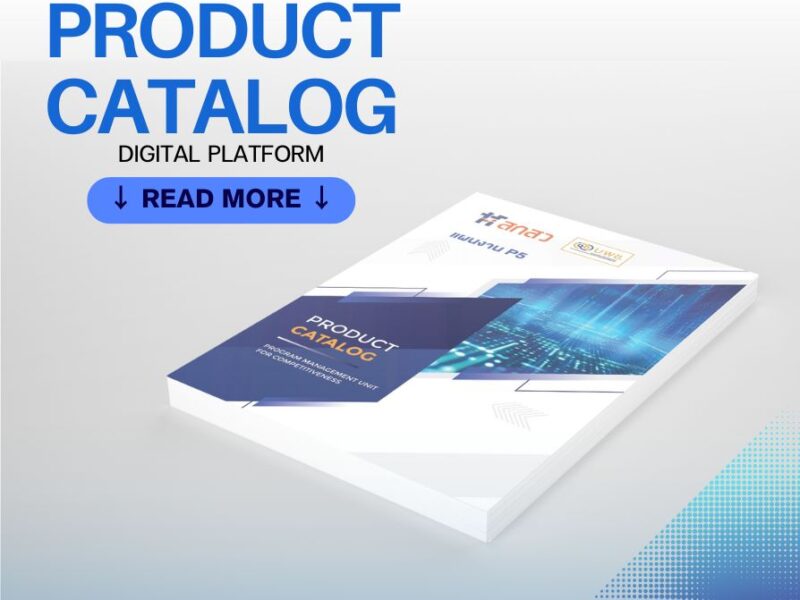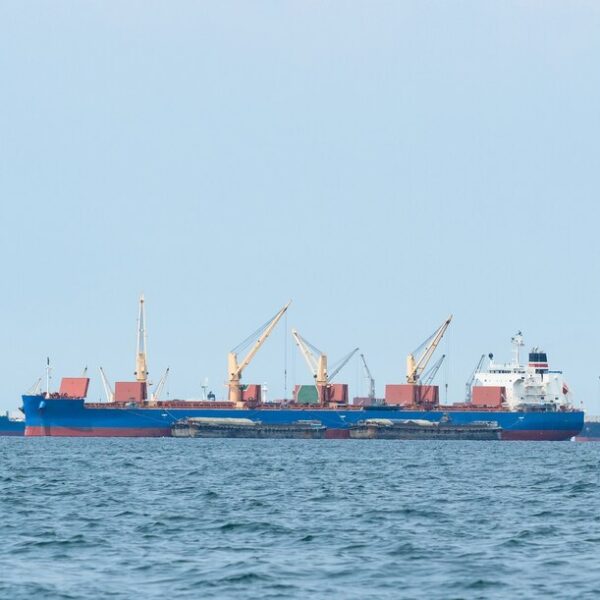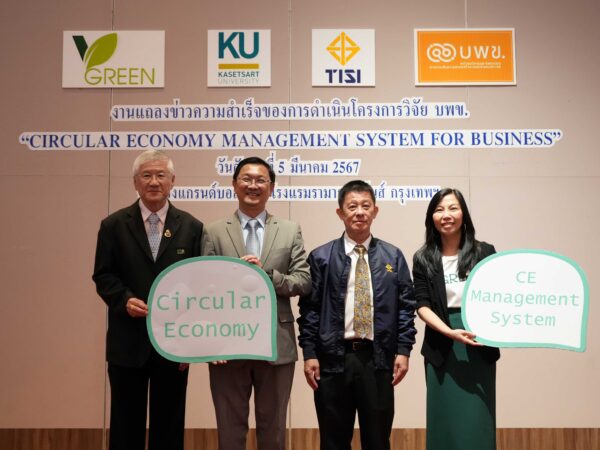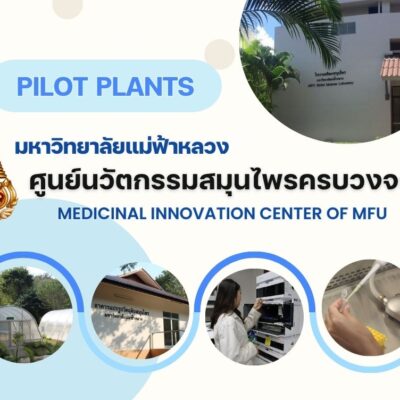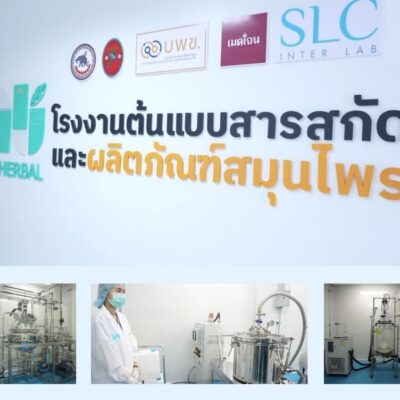The circular Economy Business Model project based on polyethylene, polyethylene terephthalate, laminate and aluminum foil, is a research that is driven and supported by research funding by the Program Management Unit for Competitiveness (PMUC), Science, Research and Innovation Promotion Fund, combined with in-cash funding support from TPBI Public Co., Ltd. and New Ariva Co., Ltd., with Assoc. Prof. Rattanawan Mangkang, Ph.D., director of the Center for Specialized Expertise in Environmentally-friendly Business Strategies, Faculty of Environmental Science, Kasetsart University, as the head of the research project.
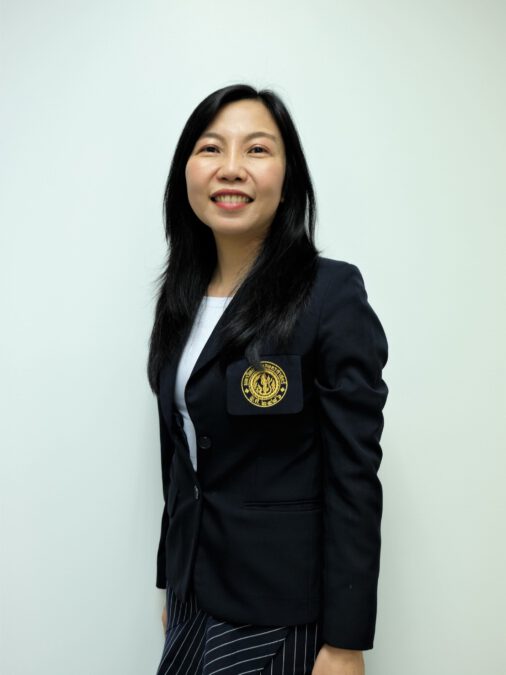
“This research project is an exploration and development of new materials from the recycling process of polyethylene plastics, polyethylene terephthalate, laminate and aluminum foil, called “rFoil”, which was used to design and develop environmental product prototypes, as well as to develop a new plastic resin business model based on the concept of a circular economy. The goal is to demonstrate that this can actually be a foundation of a viable business, by using the circular economy concept to solve the problem of disposed laminated-plastic bags that has not been sorted at the source, not accepted back by the manufacturer, and not wanted by scrap yards. The desired end result is to help reduce greenhouse gas emissions and create added-value for plastic waste.” Assoc. Prof. Dr. Rattanawan said.
Assoc. Prof. Dr. Ratanawan further added that the project started with the collection of plastic waste, including polyethylene, polyethylene terephthalate, and laminated aluminum foil from industrial processes, which was then put through a research and development process resulting in an increased composition of laminated aluminum waste used in a new type of plastic polymer. The process helped to improve the formulation, analyze the properties of the resulting plastic polymers, and enable a wider range of applications, as well as developing a guideline for the production of rFoil polymers on an industrial scale.
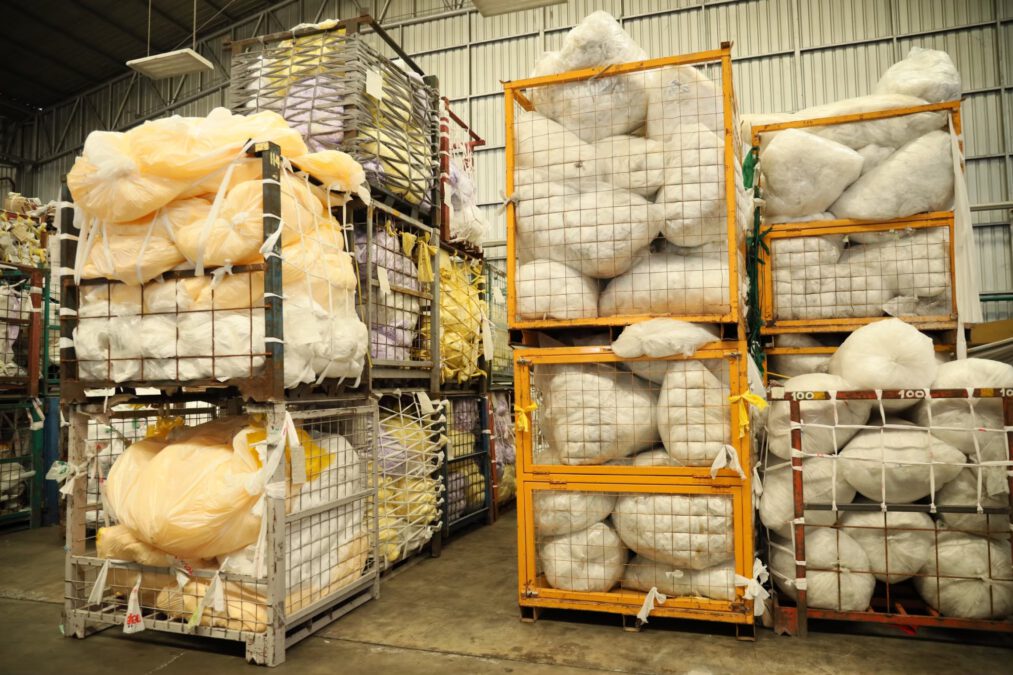
The output from that process was then used in the design and manufacture of innovative environmental products from rFoil polymers, including wall tiles, plant pots and decorative stones. Environmental performance assessments were performed, including life cycle assessment, life-cycle cost analysis, and evaluation of the eco-efficiency of the product. As well, innovative business models were developed leading to “Upcycling” towards a circular economy.
The results from the past 6 months of research have shown that polyethylene plastic waste can be collected from stretched plastic scraps, which is a waste from the production of plastic bags, such as shopping bags, fashion bags, garbage bags, etc. On the other hand, plastic waste polyethylene terephthalate laminated with aluminum foil, which is a waste from the production of flexible packaging used in packing consumer products such as food or snack packages, cosmetic sachets, etc., is used as re-used materials by developing rFoil plastic polymers, which can use the same machinery and manufacturing processes as conventional recycled plastic polymers. The increase in composition of aluminum-laminated plastic scraps in rFoil polymers can be from 20%, 25%, 40% and up to 60% in weight.
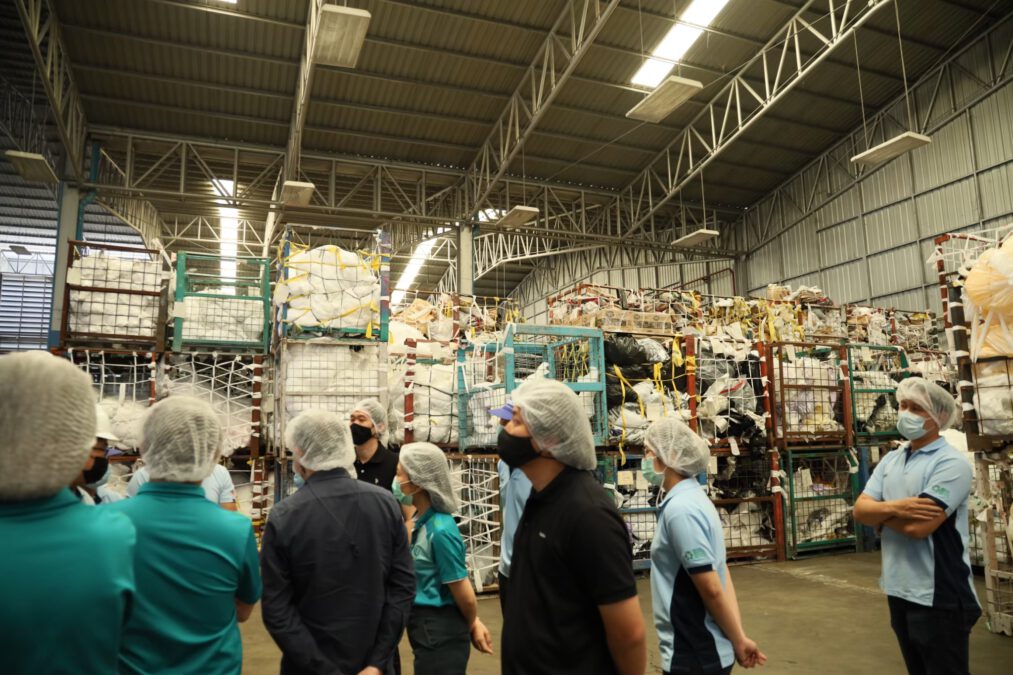
The physical properties of all three formulations of plastic polymers were tested, and the results showed that an increase in the composition of aluminum-laminated plastic waste in the production of rFoil polymers, up to 60%, resulted in only a slight increase in material density compared to using 100% polyethylene scraps, and does not affect the overall weight of the output. Therefore, it can be used to substitute for polyethylene plastic. As for the moisture content, it was found that it is higher than in PE-100 plastic because the compound formula contains polyethylene terephthalate plastic, which has a hydrophilic ester group as an ingredient, which has moisture absorbing hygroscopic property.
Therefore, to use this type of material to mold into a product, it must be heat treated to remove moisture, because the presence of moisture in the plastic will cause air bubbles in the output piece and reduce the strength of the finished product.
In measuring the Melt Mass-flow Index, it was found that increasing the composition of aluminum-laminated plastic scraps acts to reduce the melt-flow rate of the formulation compared to PE-100 plastic, because the laminated film consists of multiple types of plastic and multi-layer film, including a non-melting layer of aluminum foil. Therefore, it has relatively high viscosity resulting in a low flow rate. This is one limitation of recycling polyethylene terephthalate laminated with aluminum foil, making higher temperature a requirement in the production process in order for the material to flow better. When 40% rFoil polymers were used to experiment with the injection molding method, it was found that it could be molded into cup-shaped products.
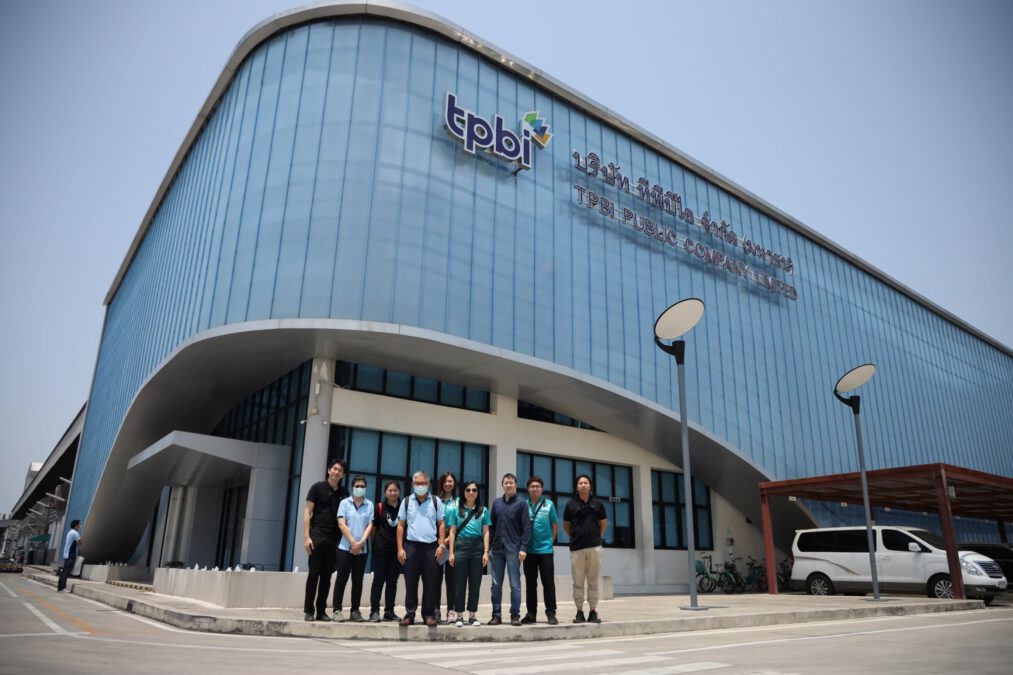
“The implementation of this project was based on the principle of creating an ecosystem for a circular economy from upstream, which is the generator of polyethylene and laminated plastic waste from industrial production processes, especially the packaging industry, snack and frozen food manufacturers. Then it was a collaboration between research and business sectors in developing rFoil polymers, designing a production process, as well as product design and development, in which environment issues are brought into consideration early on in the conceptual design stage. This is done in parallel with life cycle assessment to identify environmental performance and improvement points in the process, from creating the prototype to the realization and production of the actual products.
In addition, the project aims to support the development of business models that can be extended to entrepreneurs in the plastic recycling business, environmental product manufacturers, stores/ department stores selling environmental products, while creating an alternative for consumers to buy environmentally friendly products. This will ultimately help to encourage innovative application of the circular economy concept in more tangible ways.” Assoc. Prof. Dr. Ratanawan concluded.

